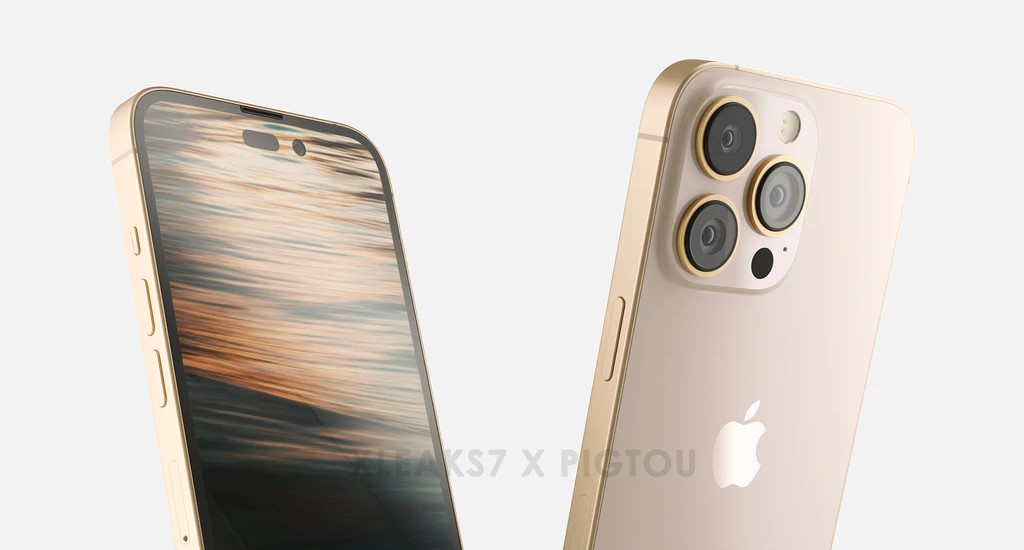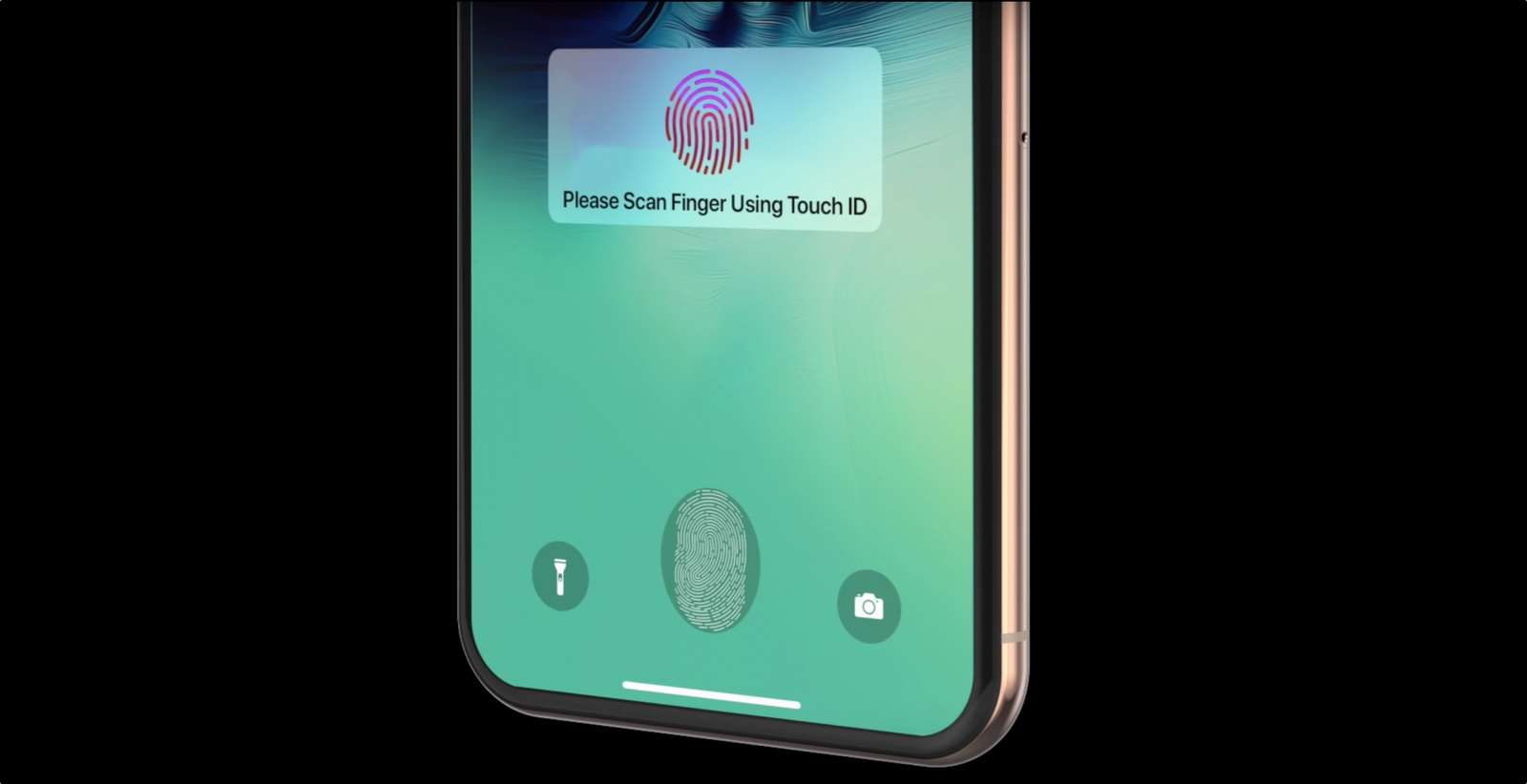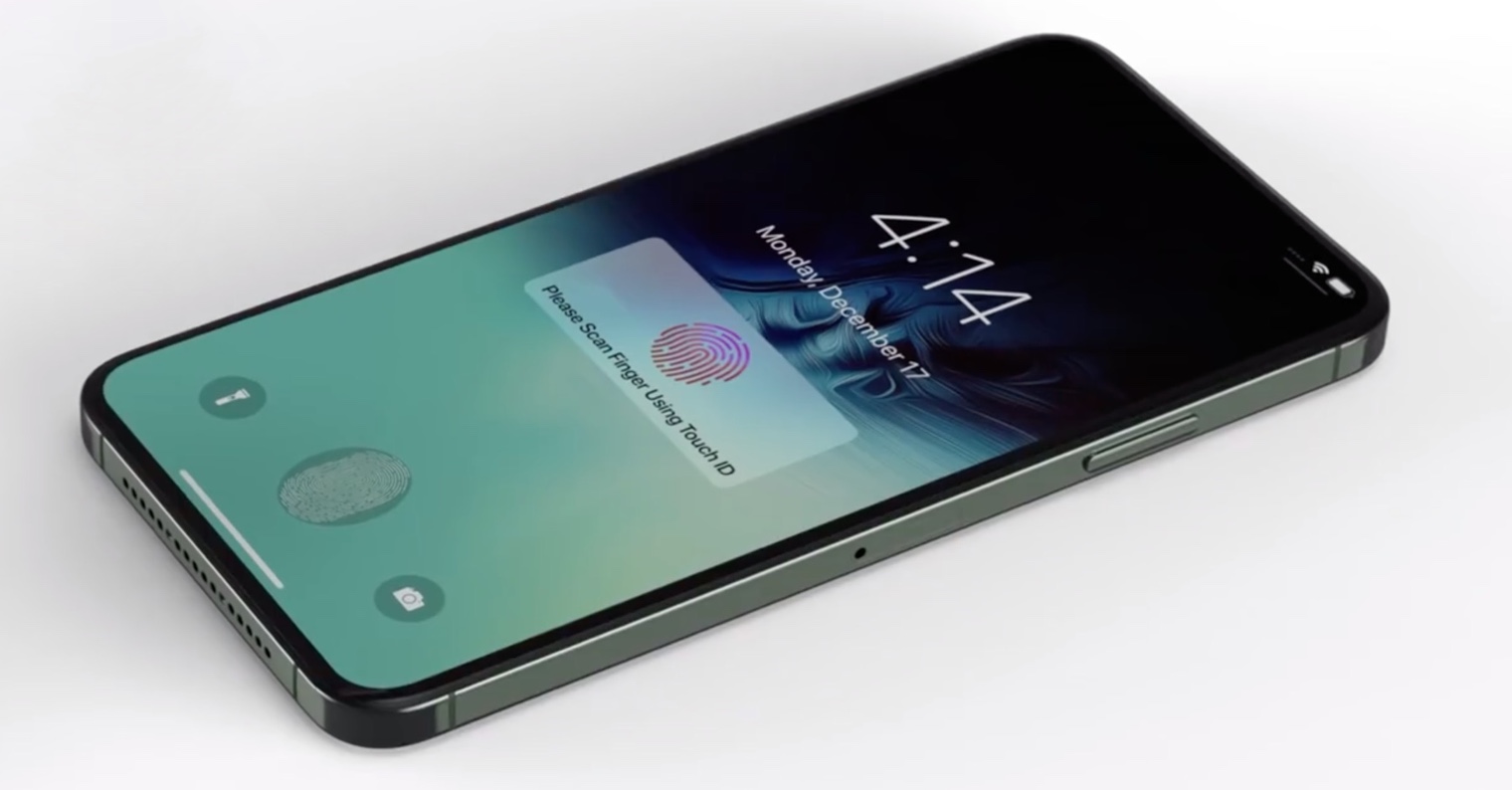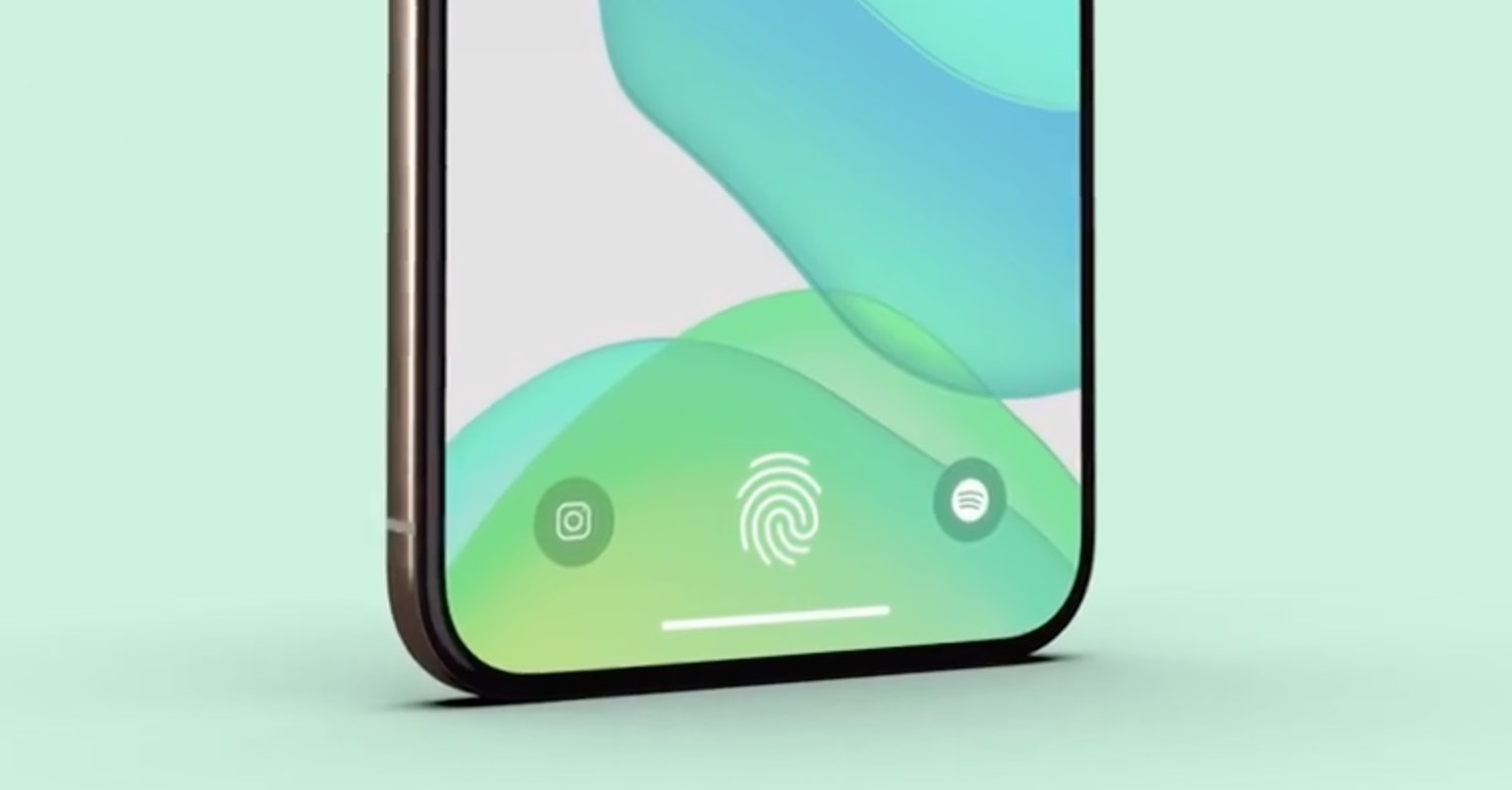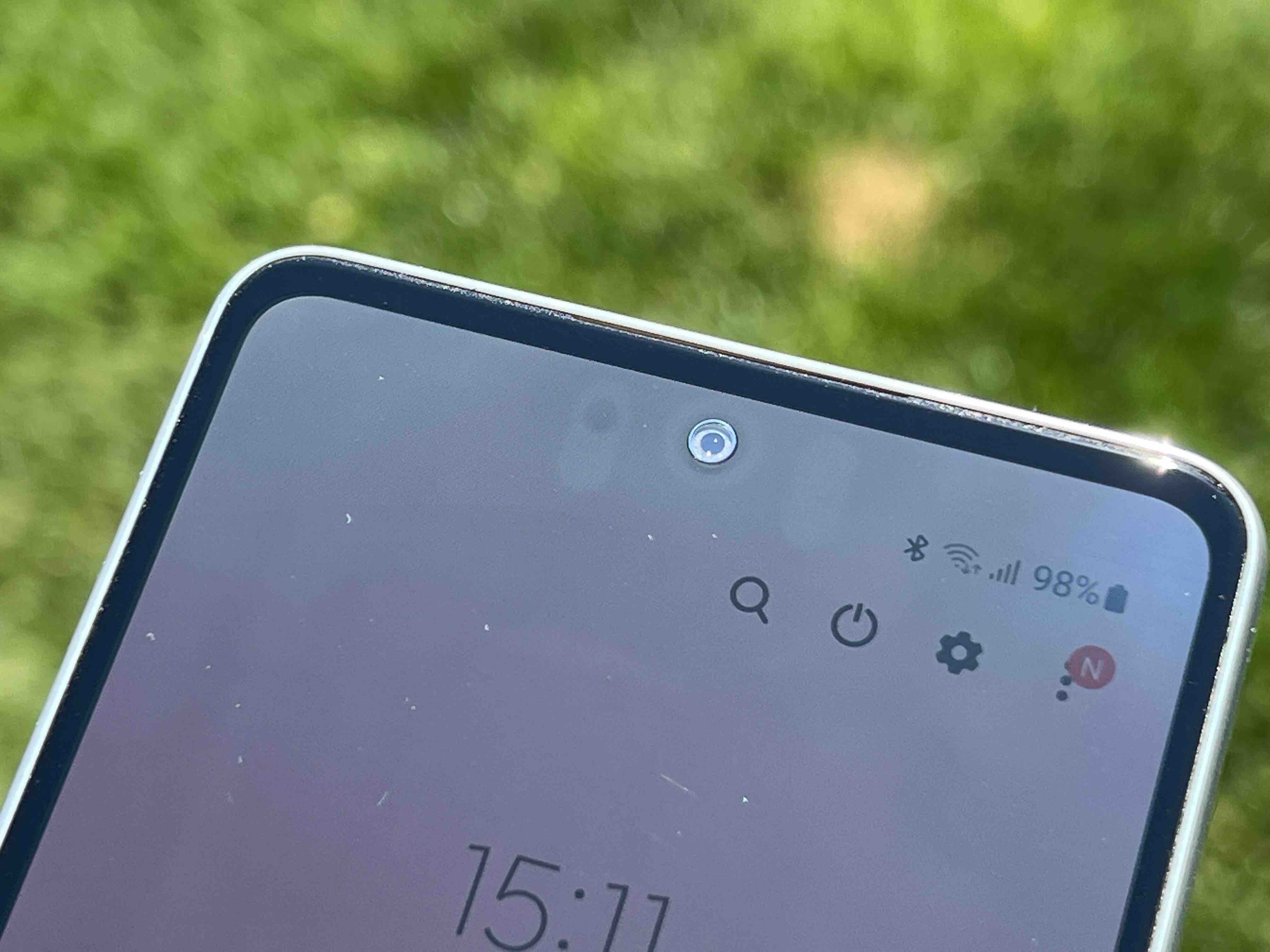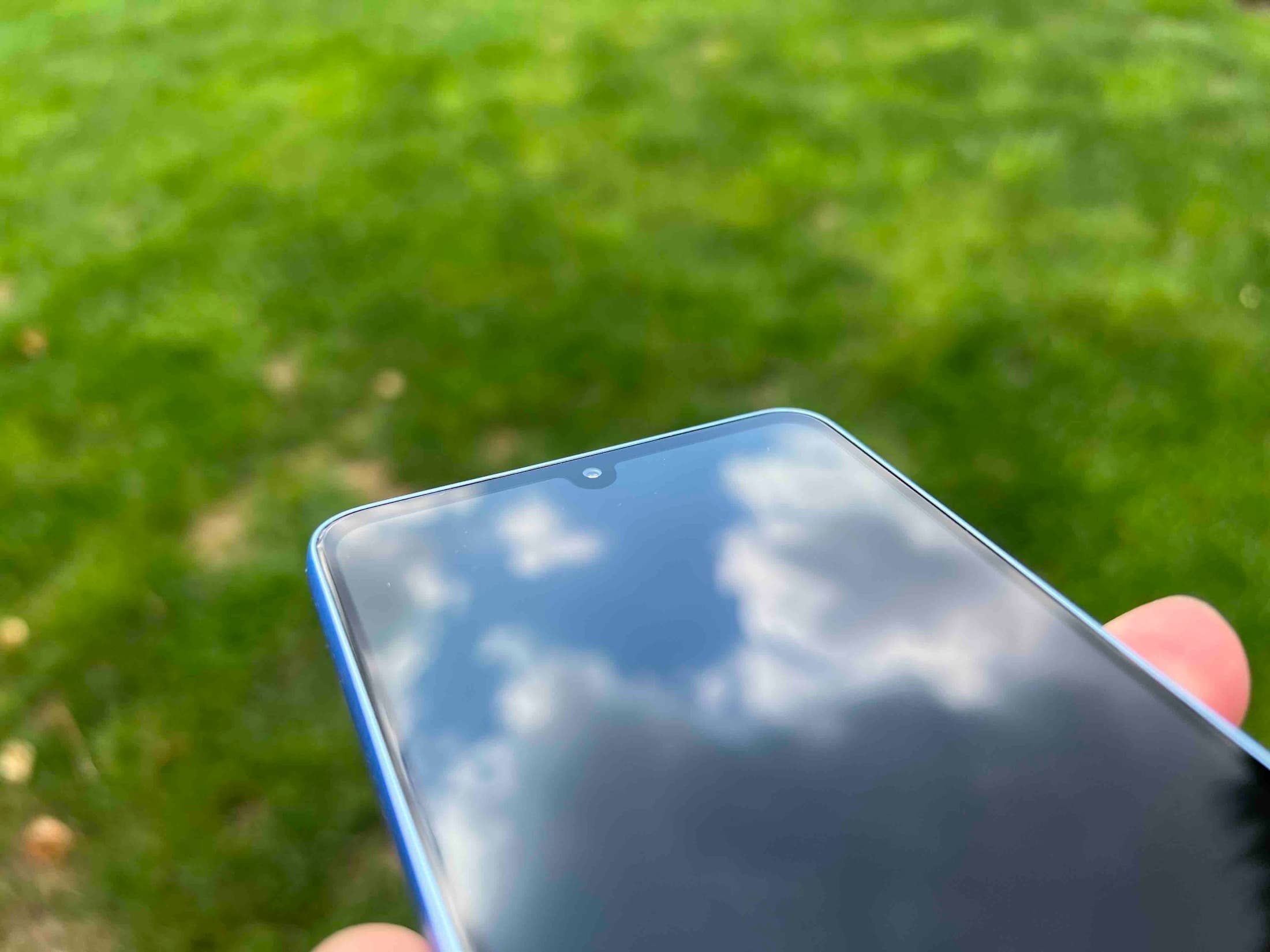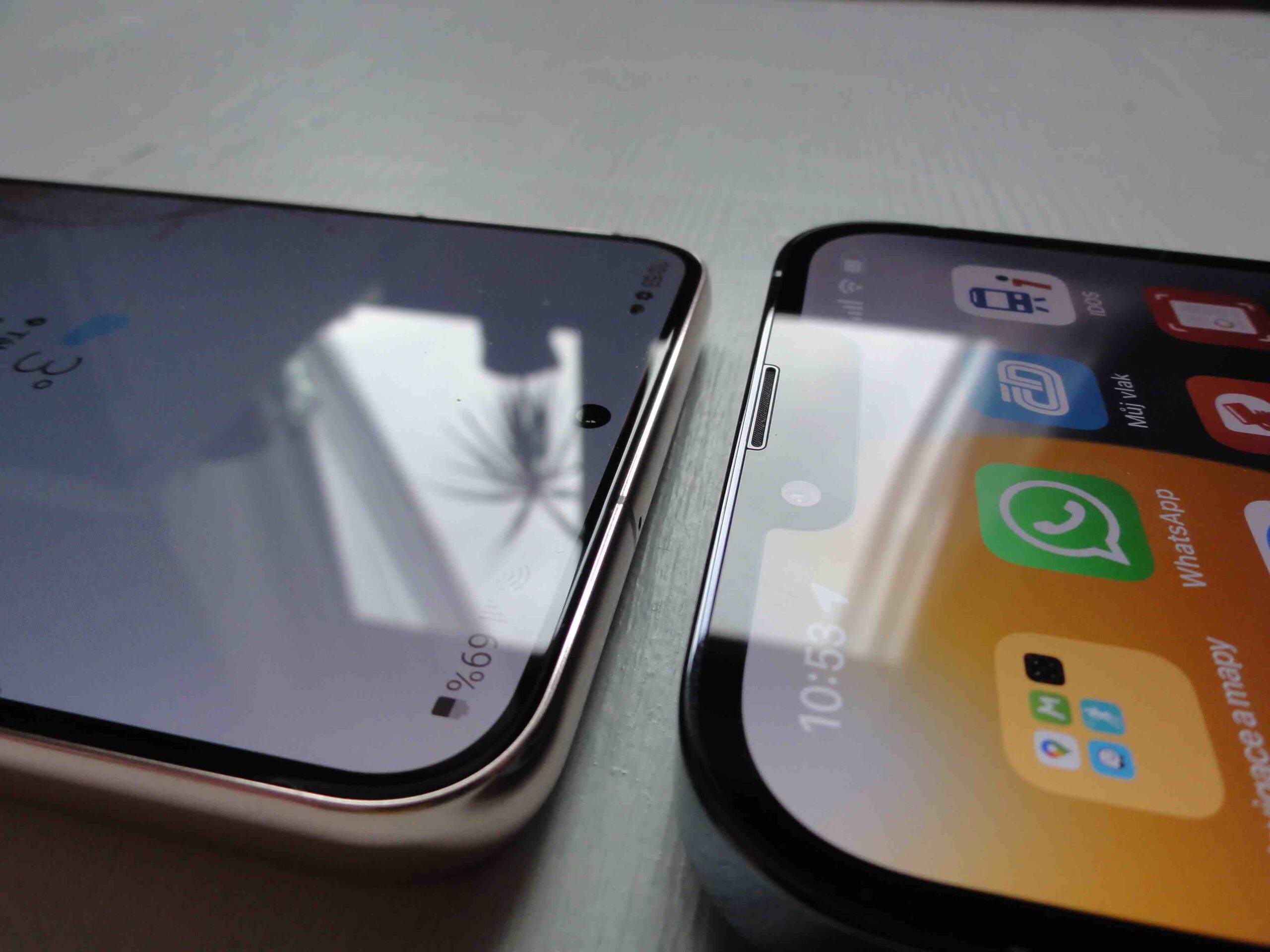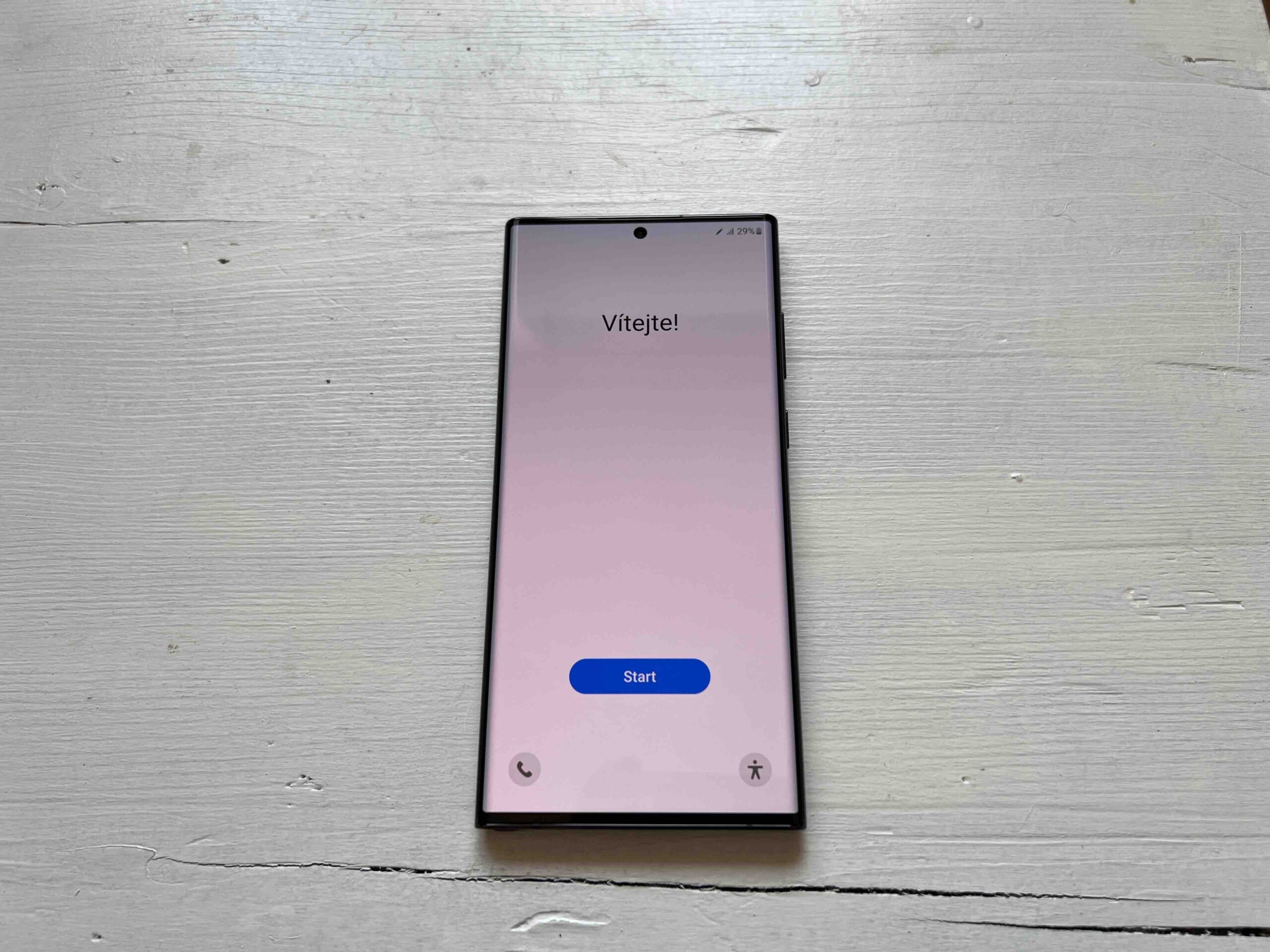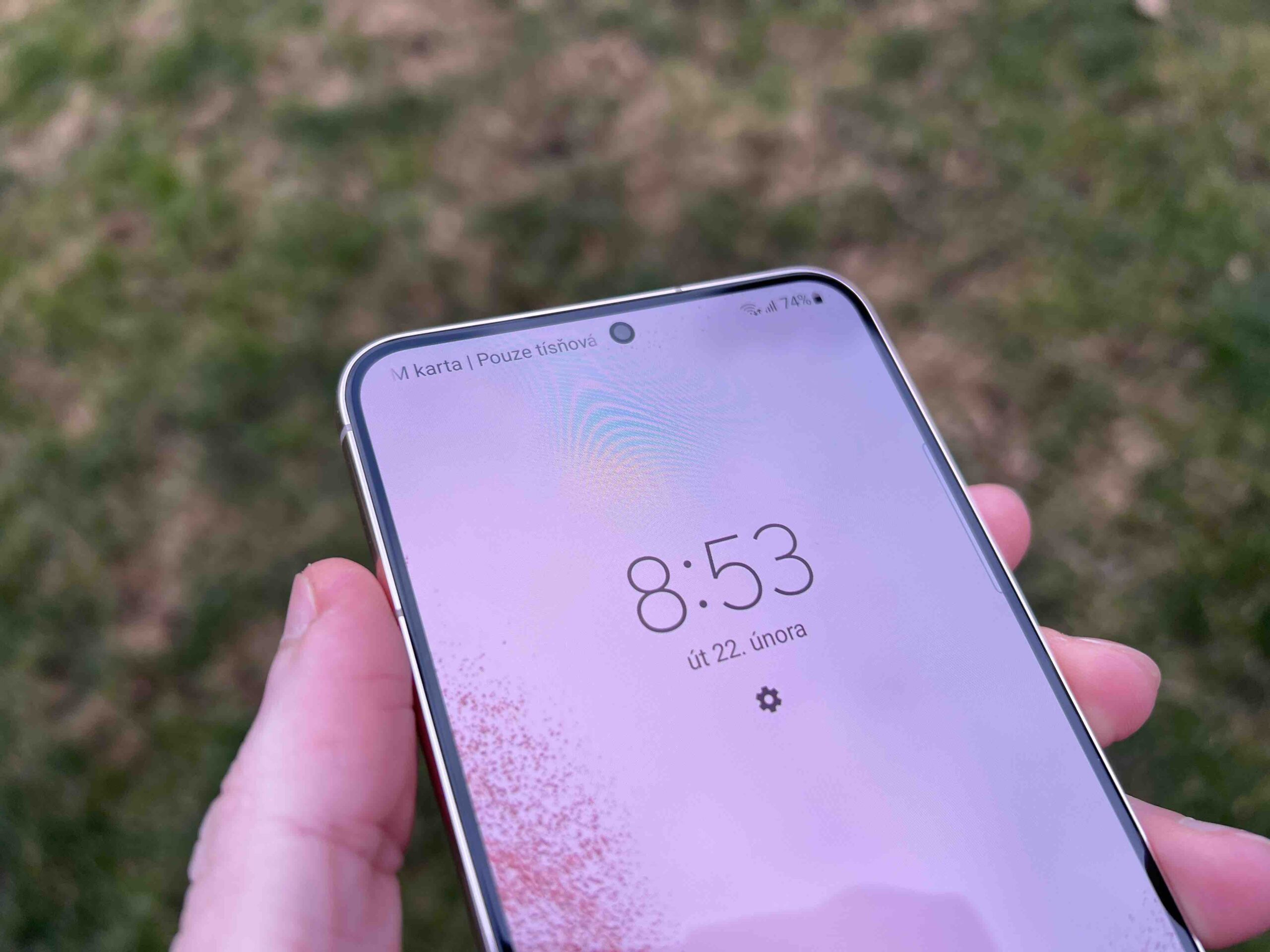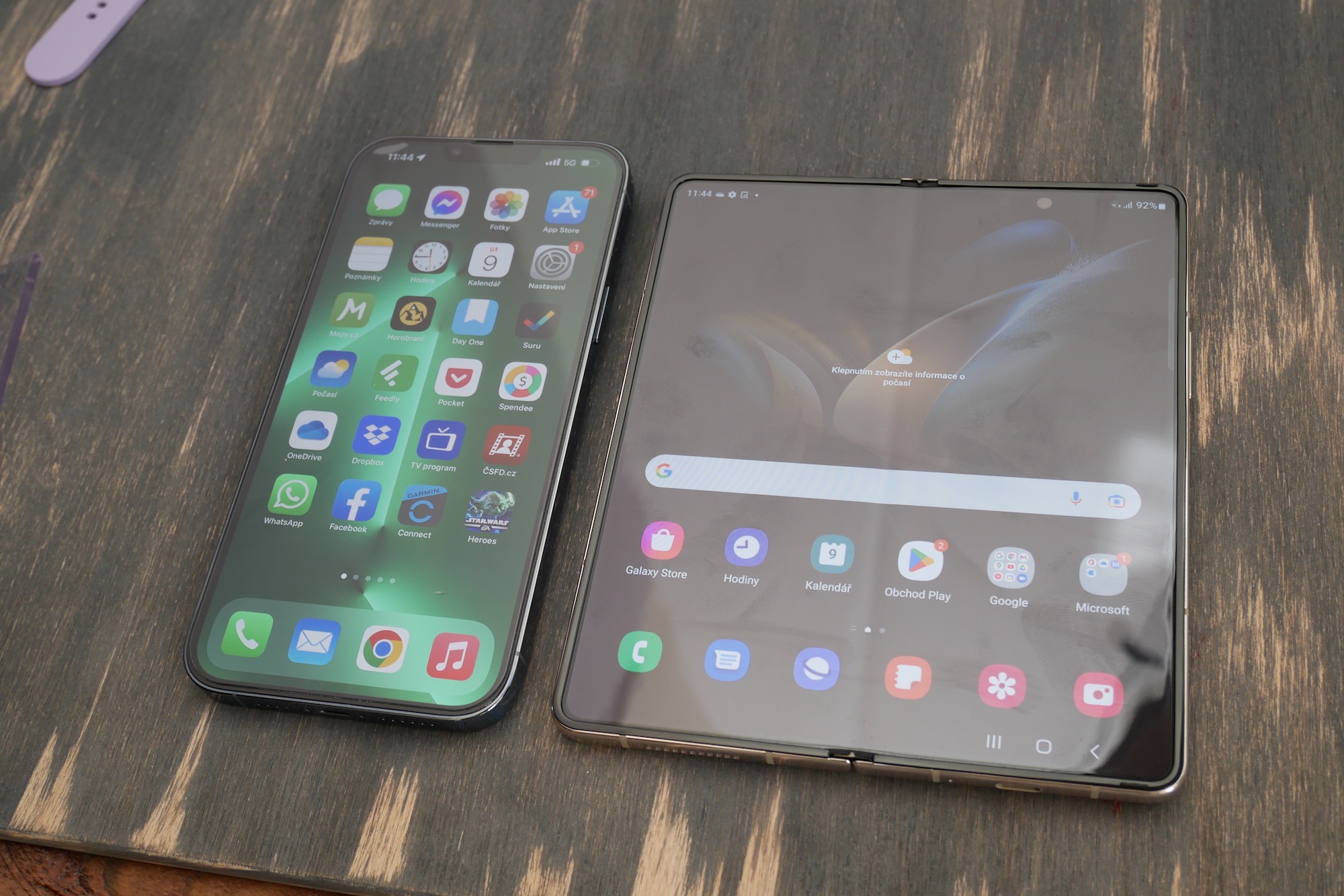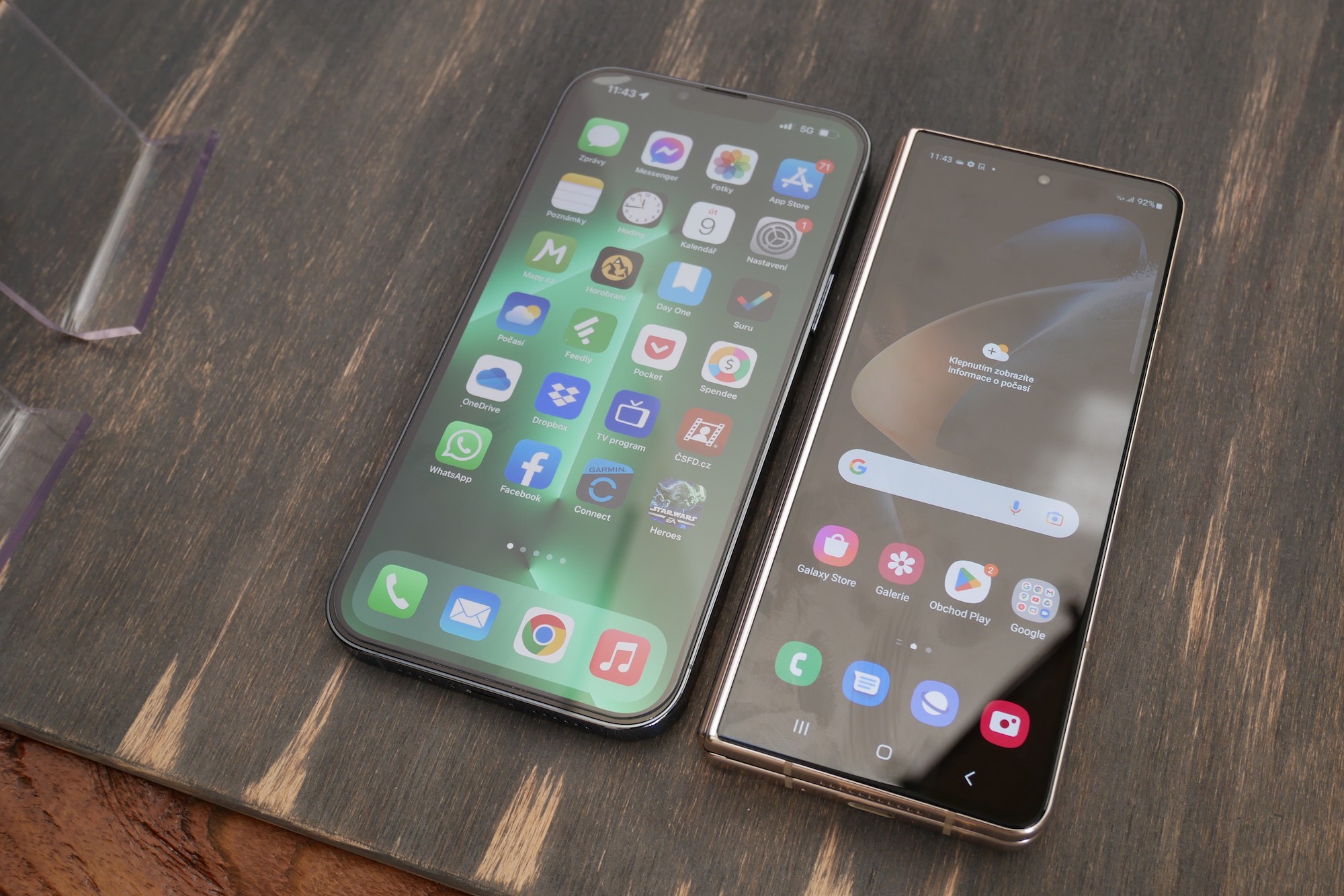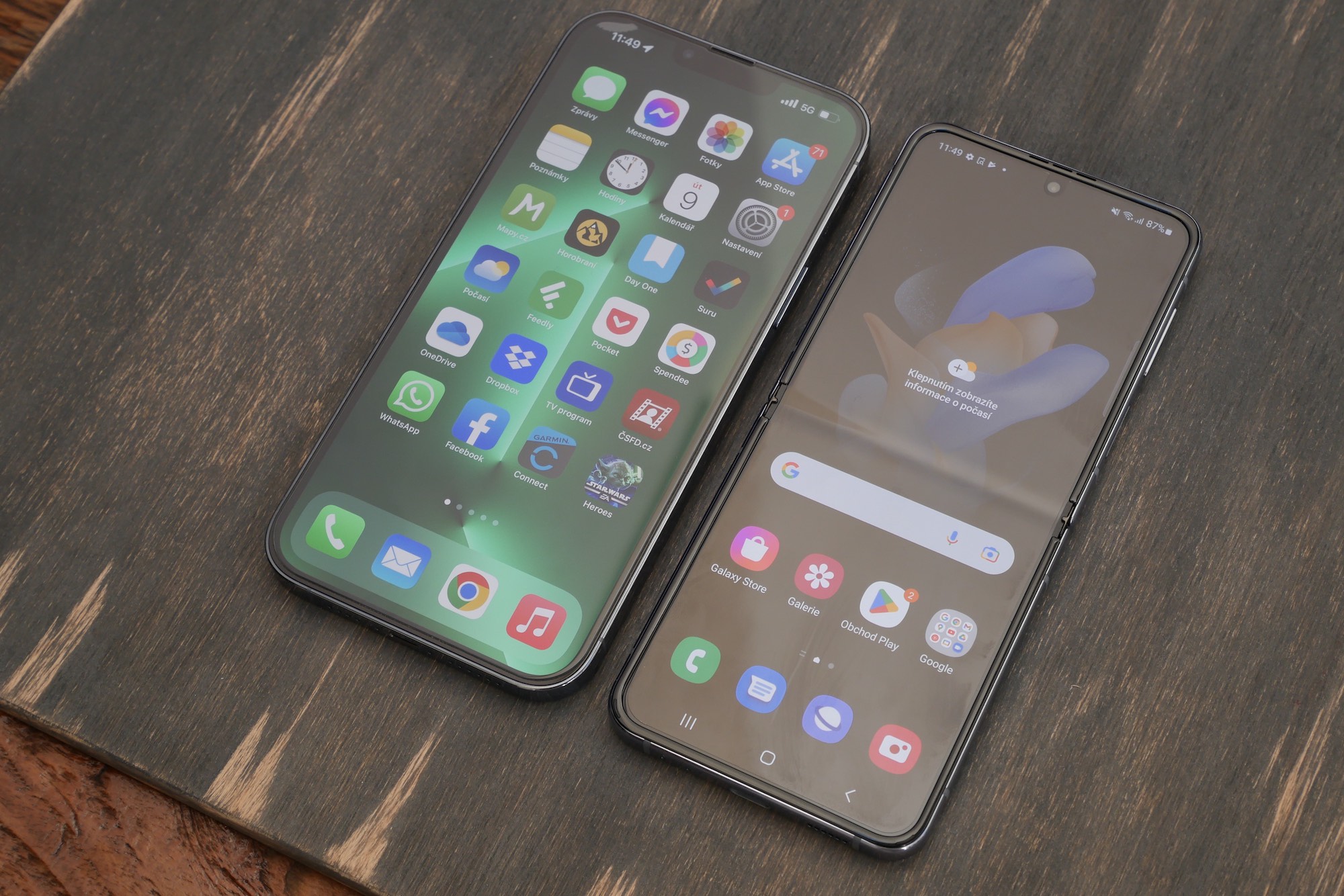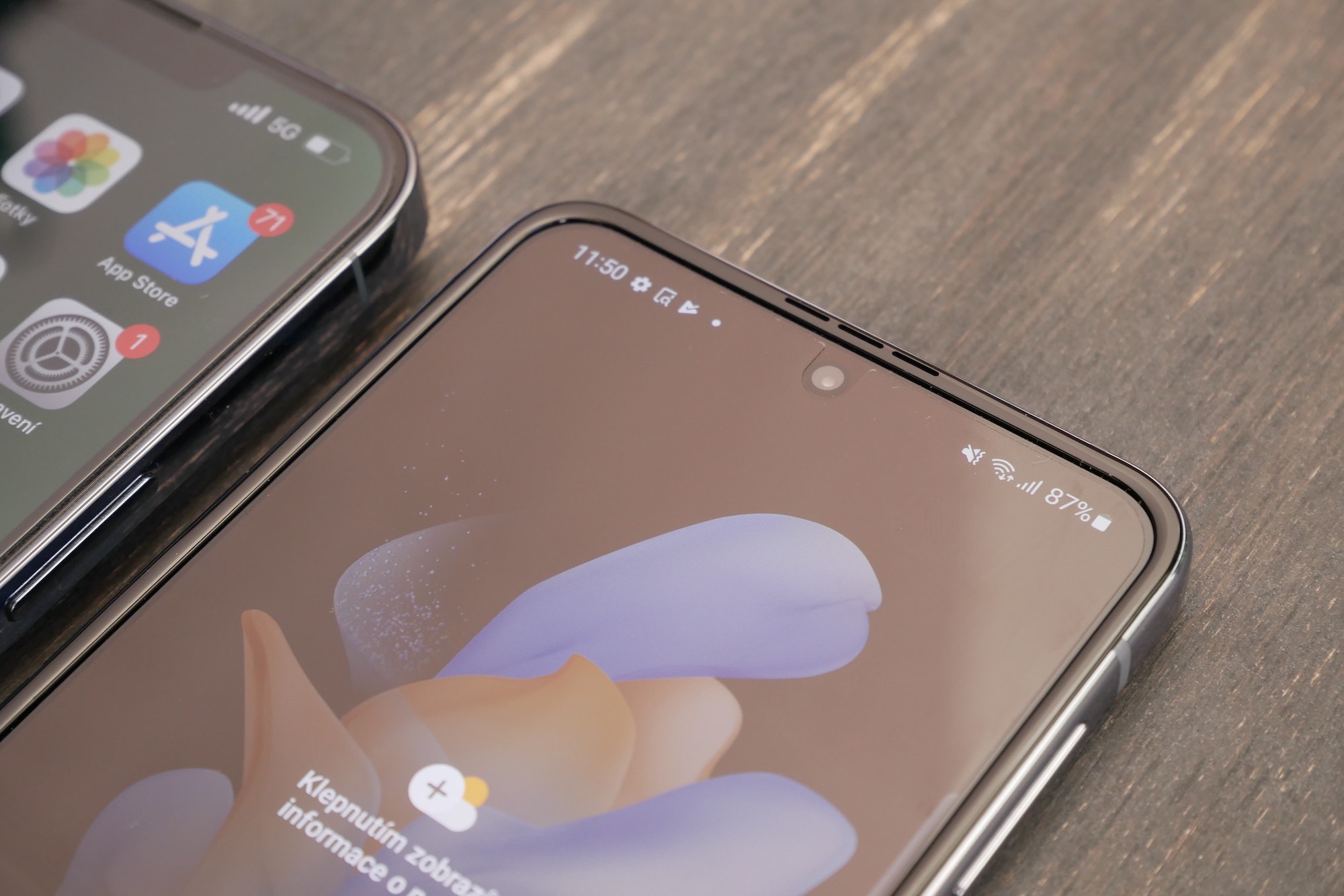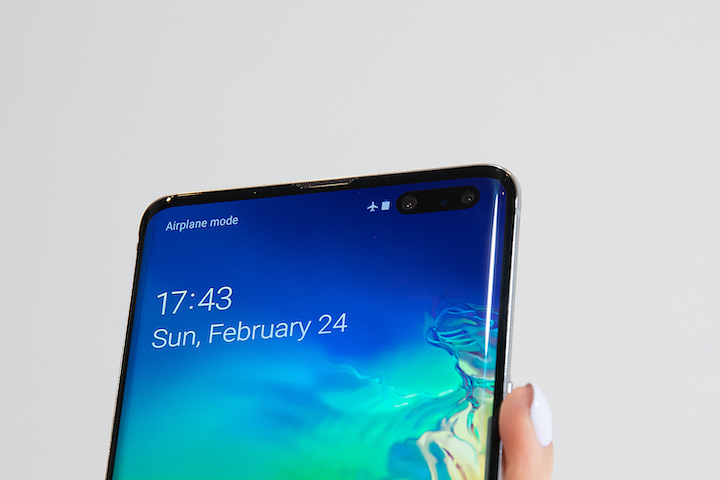Apple introduced the iPhone X in 2017 and first modified the cutout for the TrueDepth camera only last year with the iPhone 13. Now it is strongly expected that we will see its removal on September 7, at least from the iPhone 14 Pro (Max) models. But how is the competition from Android phones doing in this regard?
In order to differentiate the basic series more from the professional series, and due to the costs, Apple will use the redesign of the hole only for the more expensive versions. The iPhone 14 will therefore keep the cut-out that was shown last year by the iPhone 13. For models, on the other hand, they will switch to a so-called through-hole solution, although we can argue a lot about this designation here, because it will definitely not be a through-hole.
It was first speculated that the system of the front camera and its sensors will have the shape of a soft "i" in landscape orientation, that is, that the typical hole will be supplemented by an oval with sensors. Now reports have surfaced that the space between these elements will have pixels turned off in the display to make the overall shape more consistent. In the final, we may see one longer black groove. In addition, it should display signaling for the use of the microphone and camera, that is, orange and green dots, which are now displayed on the right next to the cutout in portrait orientation.
It could be interest you
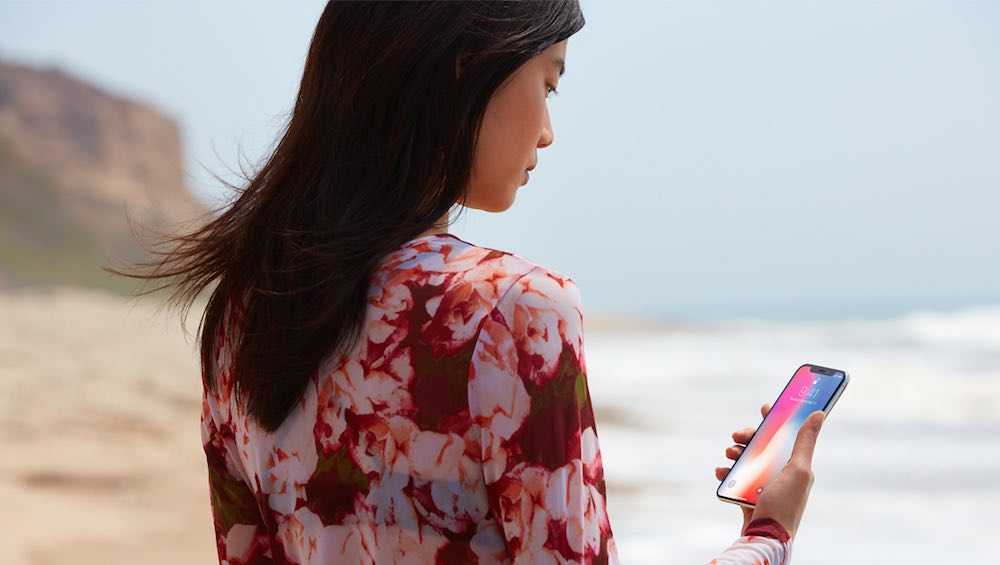
It is a biometric verification
When Apple came out with the iPhone X, many manufacturers began to copy its appearance and the function itself, i.e. user authentication with a face scan. Although they still offer it here, it is not biometric verification. In the vast majority of ordinary phones, the front camera is not accompanied by any sensors (there is one, but typically only to regulate the brightness of the display, etc.) and therefore only it scans the face. And that's the difference. This facial scan is not required for full-fledged biometric authentication, and is therefore sufficient to access the phone, but typically not for payment applications.
Manufacturers backed away from this because the technology was expensive and, in their case, not completely perfect. It brought them an advantage in that it is practically enough for them to place the selfie camera in a typical round hole, or a drop-shaped cut-out, because there is nothing around the camera except the speaker, which they quite skillfully hide between the display and the upper frame of the chassis (here it has Apple catching up). The result, of course, is that they will offer a larger display area, because let's face it, the space around the iPhone cutout is simply unusable.
It could be interest you
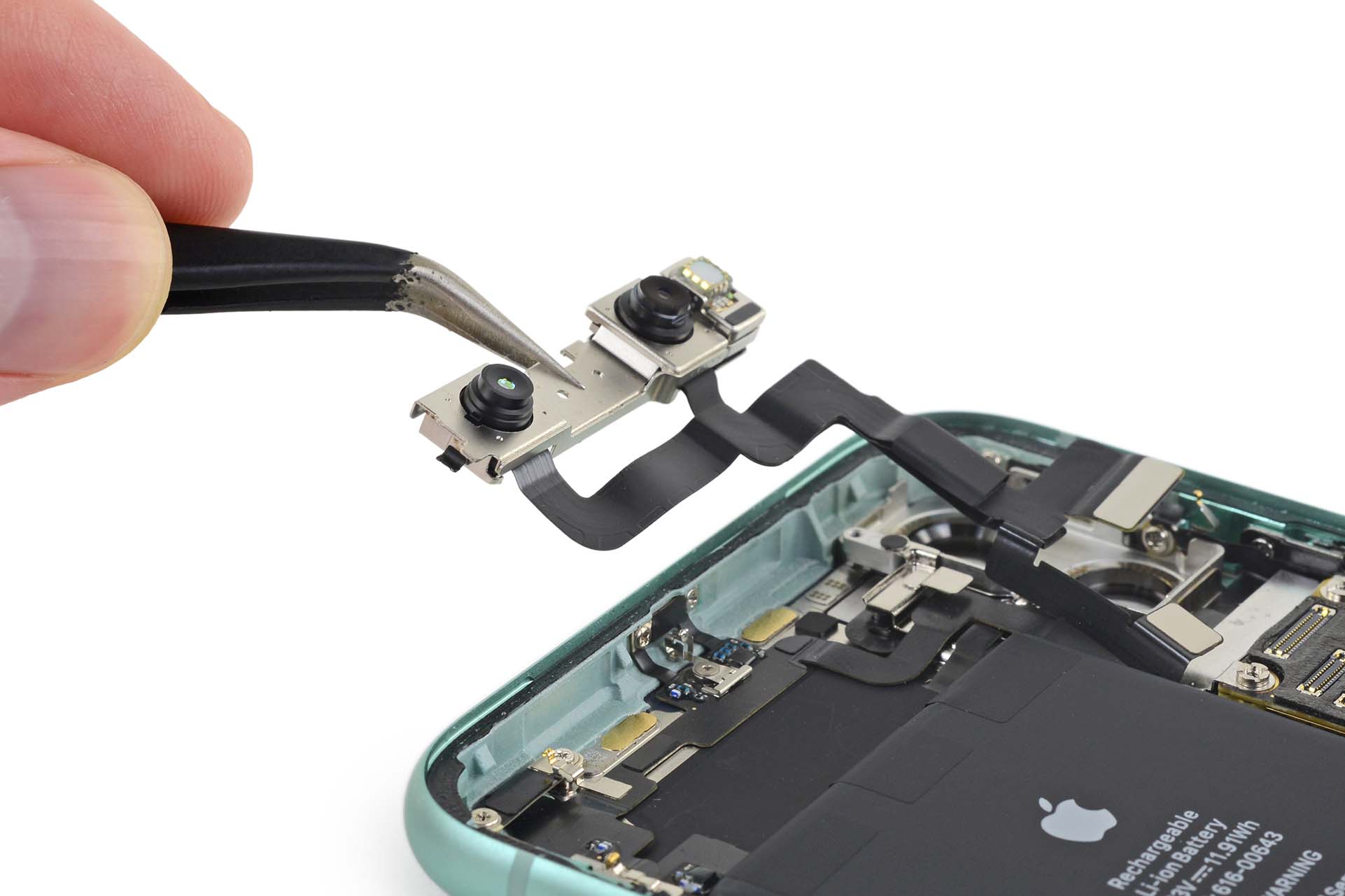
But because they also need to provide the user with appropriate biometric authentication, they still rely on fingerprint readers. They moved from the back of the device not only to the power button, but also under the display. Ultrasonic and other sensory readers therefore offer biometric verification, but their reliability is also still subject to many conjectures. Even with them, if you suffer from skin problems or your hands are dirty or wet, you still can't unlock the phone or buy that hot dog at the kiosk on the square (of course, there is an option to enter a code).
In this regard, FaceID is significantly more reliable and pleasant to use. It recognizes you even if you grow hair or a beard, if you wear glasses or even if you have a mask over your airway. By redesigning the cutout, Apple will take a relatively big step, where it will manage to minimize its technology, which is still original and usable as much as possible after five years, so that there is no need to look for its alternatives. The future will surely bring the sensors themselves to be hidden under the display, just as it is now with the front cameras of phones, especially from Chinese manufacturers (and Samsung's Galaxy Z Fold3 and 4), although the output quality is still debatable here.


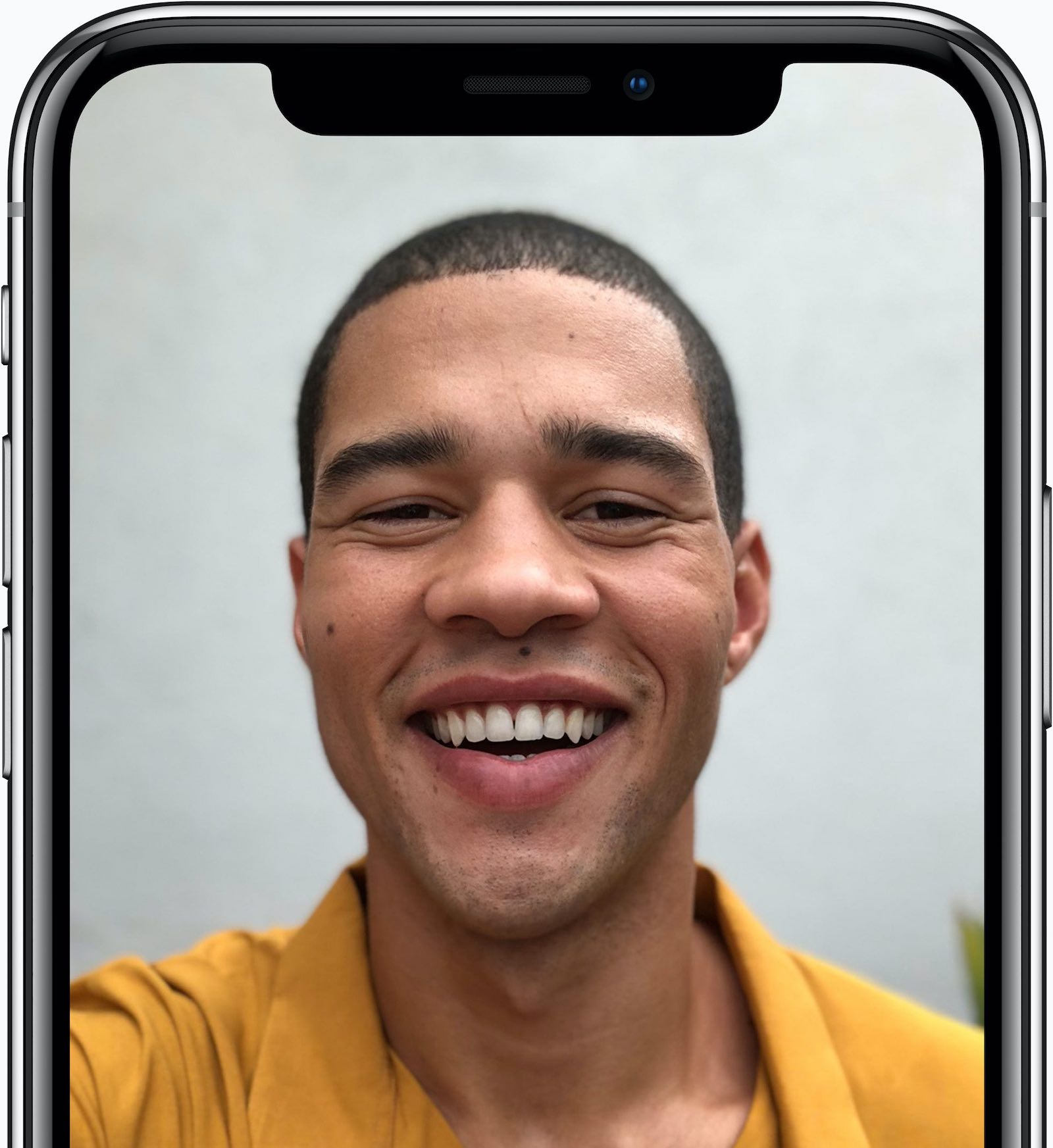
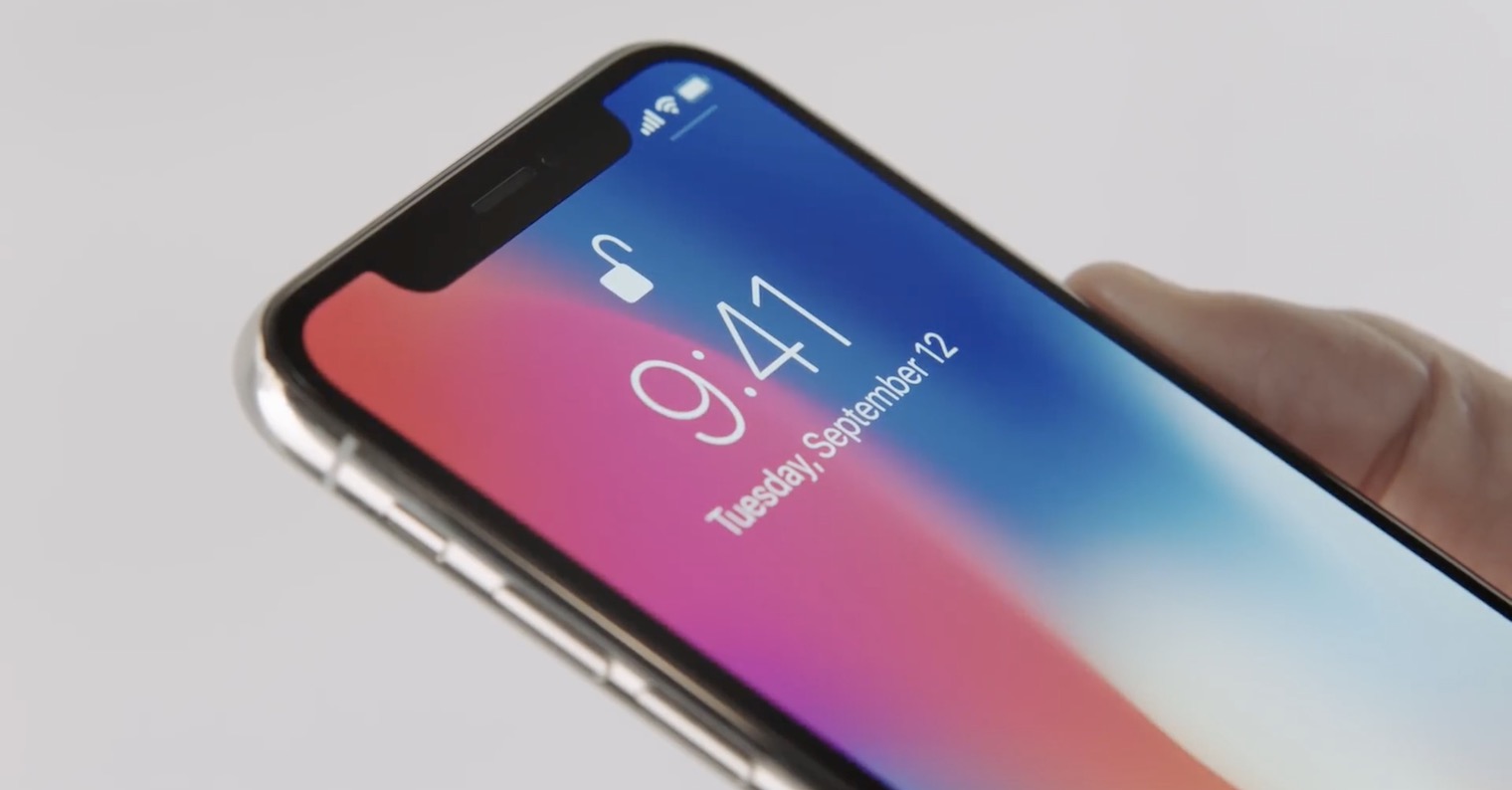

 Adam Kos
Adam Kos 